Caprock Design + Build Blogs
Buildwise Journal
Caprock Design + Build Blogs
Buildwise Journal
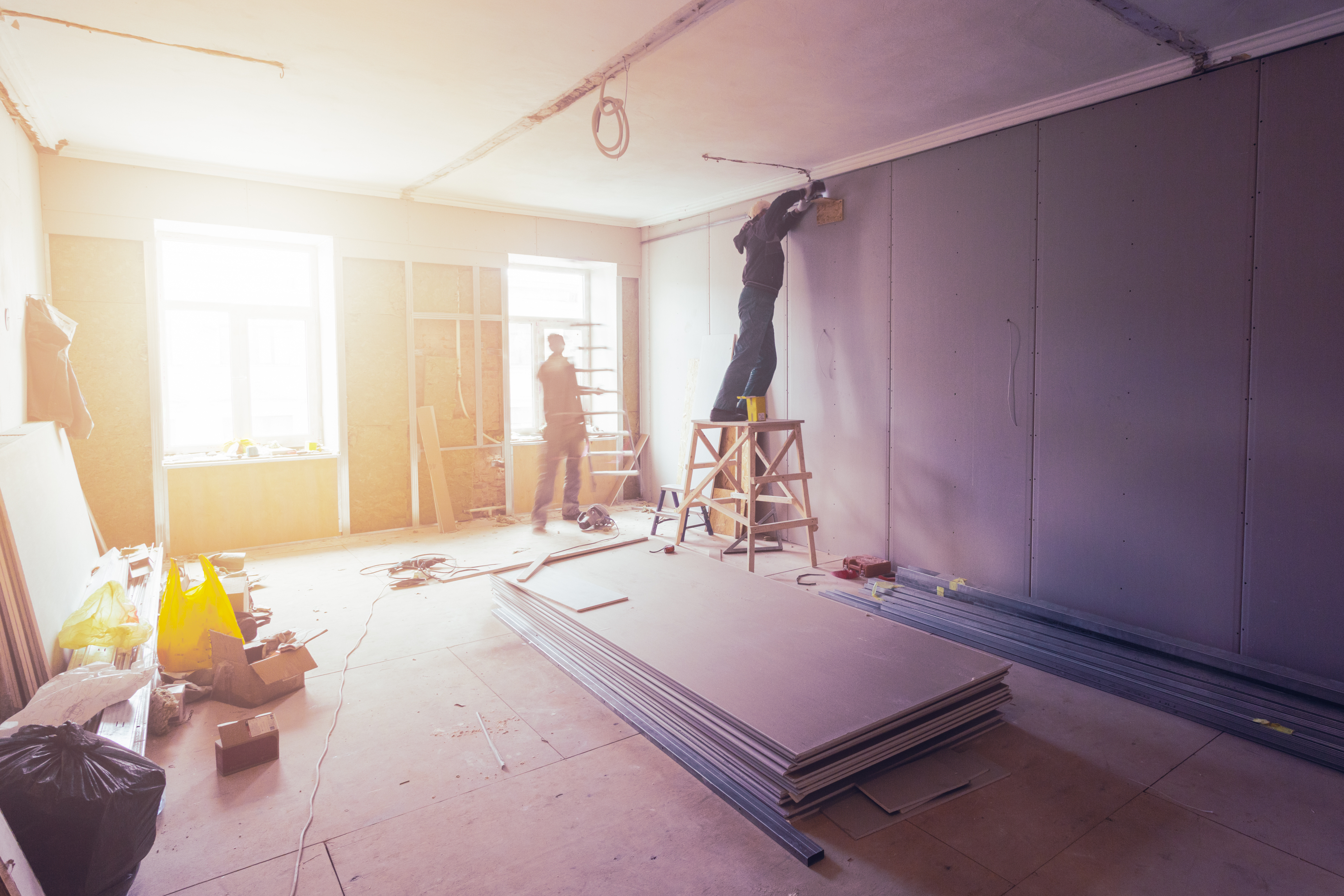
Exploring Sustainable Materials and Practices Building Science Basics
Welcome back to the Buildwise Journal, where our theme for this month is "Building Science Basics." So far, we've explored the essentials of high-performance homes, insulation, and ventilation systems.
As we conclude this month's theme, we shift our focus to a topic close to our hearts—sustainable building materials and the eco-conscious approach of whole-home remodeling.
Sustainable building practices and materials, particularly those that sequester carbon, play a pivotal role in delivering excellence in high-performance homes. In this blog, we'll explore why these materials are indispensable and how they contribute to the eco-friendly homes we create.
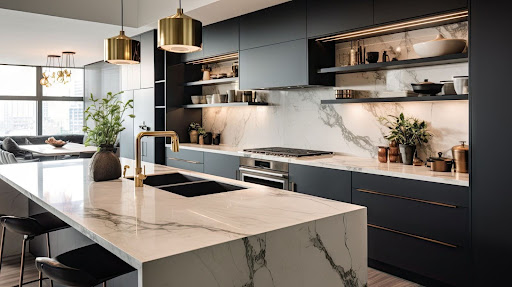
Sustainability and Carbon-Sequestering Materials in Home Construction: A Powerful Combination
Sustainable materials form the very foundation of high-performance homes that are gentle on the environment. Sustainable materials are low-impact, high-performance materials efficient in terms of manufacturing, shipping, and installation.
Here are a few reasons sustainability is a cornerstone of our craft:
1. Environmental Responsibility
In 2019, construction accounted for 36% of ultimate energy use and almost 40% of energy and carbon dioxide (CO2) emissions. Fortunately, using green building practices can decrease your construction business’s environmental impact.
Sustainable materials are responsibly sourced and produced, reducing the carbon footprint of construction. They also minimize the depletion of natural resources, contributing to a healthier planet.
2. Carbon Reduction
Across all industries, construction accounts for the third-highest level of greenhouse gas emissions, generating about 130 million metric tons of carbon dioxide-equivalent emissions.
Carbon-sequestering materials actively remove carbon dioxide from the atmosphere during their growth or production. Using these types of materials greatly reduces the carbon footprint of construction.
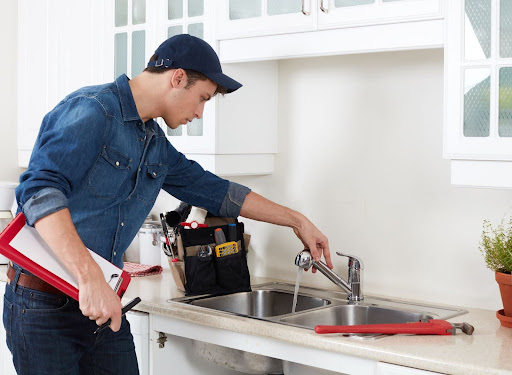
3. Durability and Longevity
As of 2017, U.S. construction projects produced a total of 569 tons of debris—which then piled up in landfills or pollutant-releasing incinerators. This process leaves a detrimental impact on the environment.
Fortunately, sustainable materials are designed for longevity. They break less often and last longer, reducing the need for frequent replacements and repairs. This contributes to a sustainable home that stands the test of time—while also protecting homeowners’ budgets and the environment.
4. Indoor Air Quality
Volatile organic compounds (VOCs) can be released from many building materials used for interior design and home construction. As the main chemical pollutants that affect indoor air quality, VOCs can cause irritation, sensitization, mutation, and neurotoxicity. Some have even been found to be carcinogenic.
Many sustainable materials are low in VOCs, promoting better indoor air quality. This is especially crucial for maintaining a healthy living environment.
5. Aesthetics and Design Flexibility
Sustainable materials come in a wide variety of options, allowing for creative and visually appealing home designs that align with your preferences and style.
In the same way, keeping your design flexible supports home longevity. Open floor plans and multi-purpose spaces will accommodate more homeowners’ lifestyles, reducing the need for future renovations and construction waste.
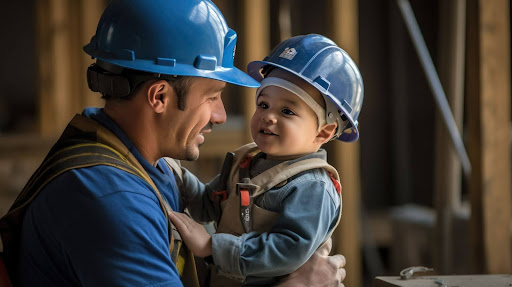
Whole Home Remodeling: An Earth-Friendly Approach
While new home construction can embrace carbon-sequestering materials, the eco-conscious approach of whole home remodeling is another excellent way to build sustainably. Here's how:
1. Carbon Footprint Reduction
Whole home remodeling often involves repurposing existing structures and materials, which significantly reduces the carbon footprint compared to starting a new construction project.
2. Energy Efficiency Upgrades
Remodeling allows builders to incorporate the latest energy-efficient technologies, improving the performance of older homes and making them more environmentally friendly.
3. Preserving History
Whole home remodeling can breathe new life into historic properties, preserving their architectural significance and cultural value.
4. Customization for Sustainability
Builders can tailor remodeling projects to incorporate sustainable materials, energy-efficient systems, and eco-friendly design elements.
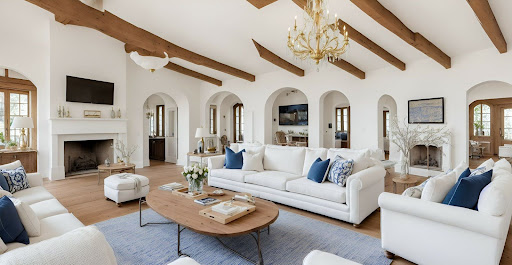
Sustainable Building Makes Your Home & the Community Better
Carbon-sequestering materials, combined with sustainable building practices, lie at the heart of our mission to craft high-performance homes that respect the environment and provide superior comfort.
Whether through new home construction or whole home remodeling, builders and contractors should take deliberate steps to ensure each project is eco-friendly as well as artfully designed.
In next month's theme, we'll explore the art of effective project management strategies for high-performance home construction. Stay tuned for more valuable insights into the world of building science and craftsmanship, and thank you for joining us on this journey toward excellence in home building!

Build a High-Performance, Clean Home with Caprock Design + Build
Sustainable construction practices don’t just benefit the environment. They also improve your home’s value and save you money in the long run. Whether you’re considering building a new home from scratch or remodeling your existing home, Caprock Design + Build can help you do it sustainably.
From utilizing eco-friendly materials to reducing each home’s carbon footprint, Caprock Design + Build takes calculated steps to ensure you’re left with a home that checks every box and preserves the community you love.
Reach out to our team today, and let’s work together to turn your home dreams into a sustainable reality.
